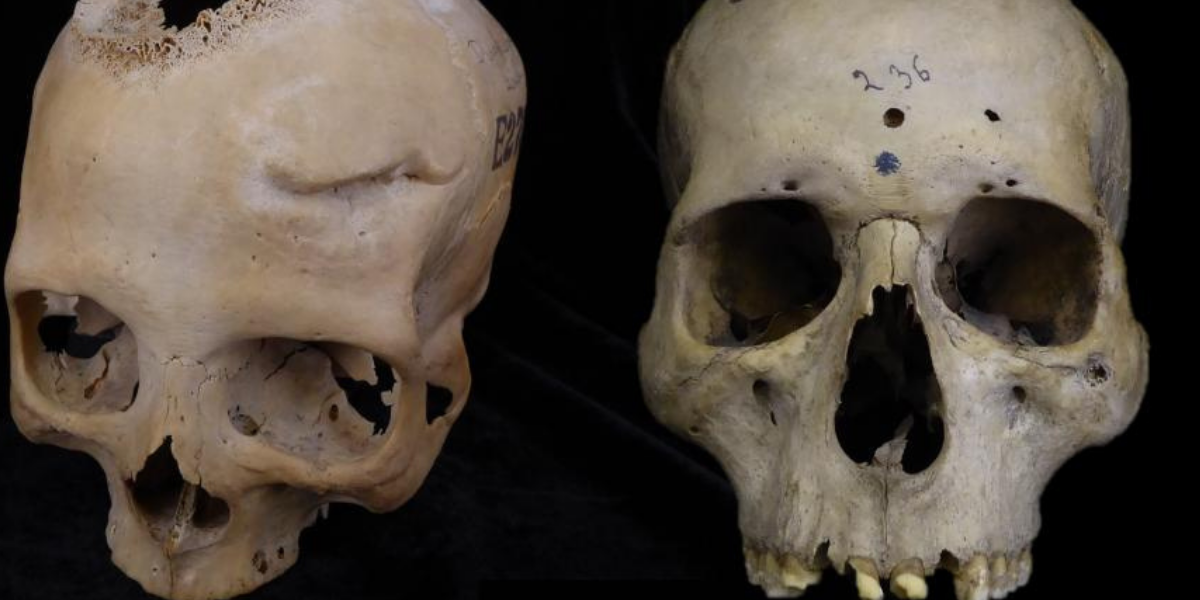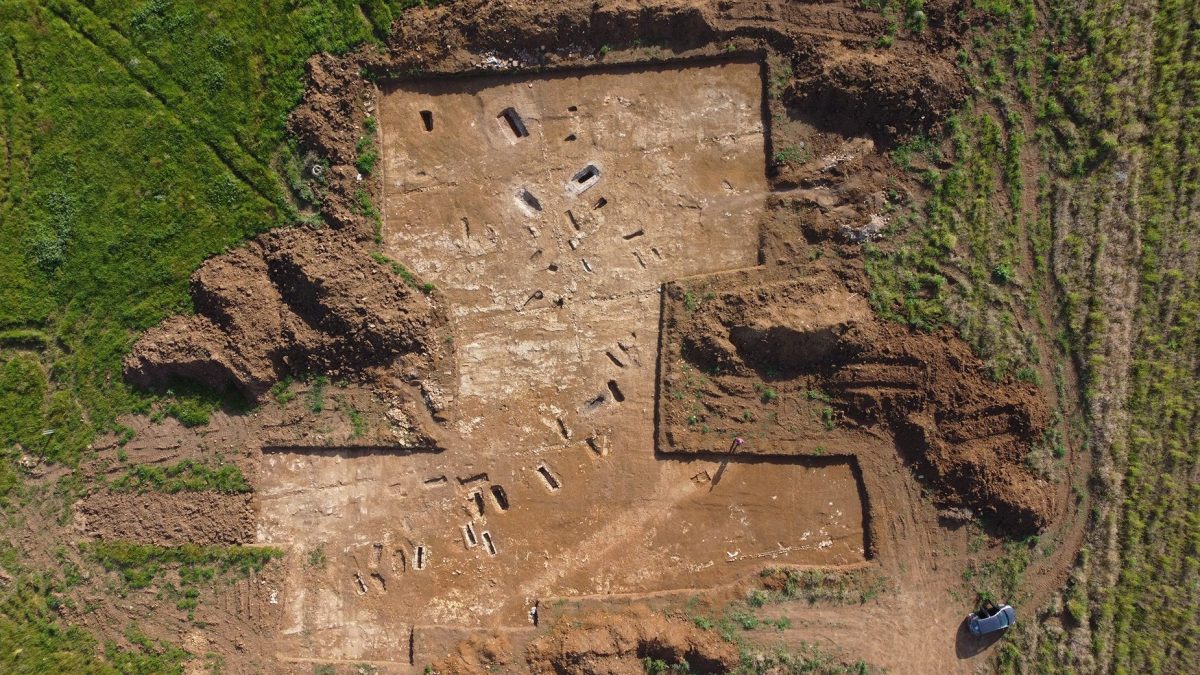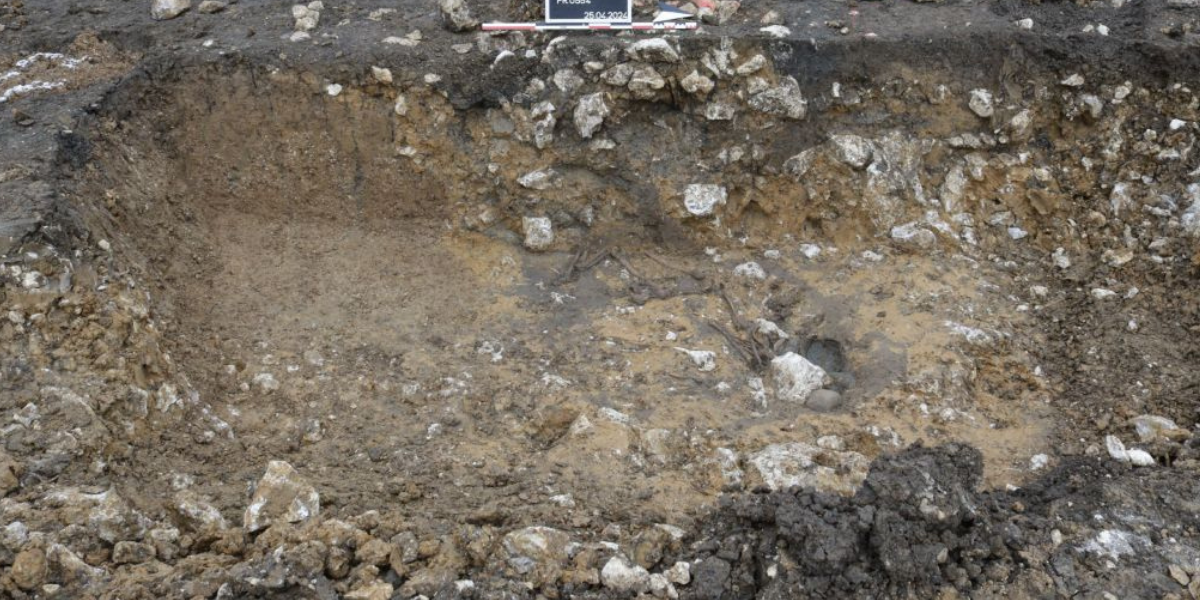An approximately 7,000-year-old Neolithic settlement has been discovered near Kutná Hora, east of Prague, the capital of the Czech Republic.
Experts describe the site as unique in that no other settlement was built on the site after its first inhabitants and it is extremely well preserved, including the floor plans of four long houses.
The first Neolithic people settled in Dobren near Kutná Hora, at the very edge of the region, with sufficiently fertile soil and a favorable climate for prehistoric agriculture.
Daniel Pilař of the Institute of Archaeology of the Academy of Sciences of the Czech Republic, who is researching the area, told Radio Prague, “This site was discovered earlier this spring as part of rescue excavations. “We usually supervise construction work in our district and one day, in the middle of construction, we were surprised to find the remains of a settlement, which is not typical for this region. When we saw the house plans, we immediately realized that we were dealing with a Neolithic settlement,” Daniel Pilař, from the Institute of Archaeology of the Czech Academy of Sciences, told Radio Prague.
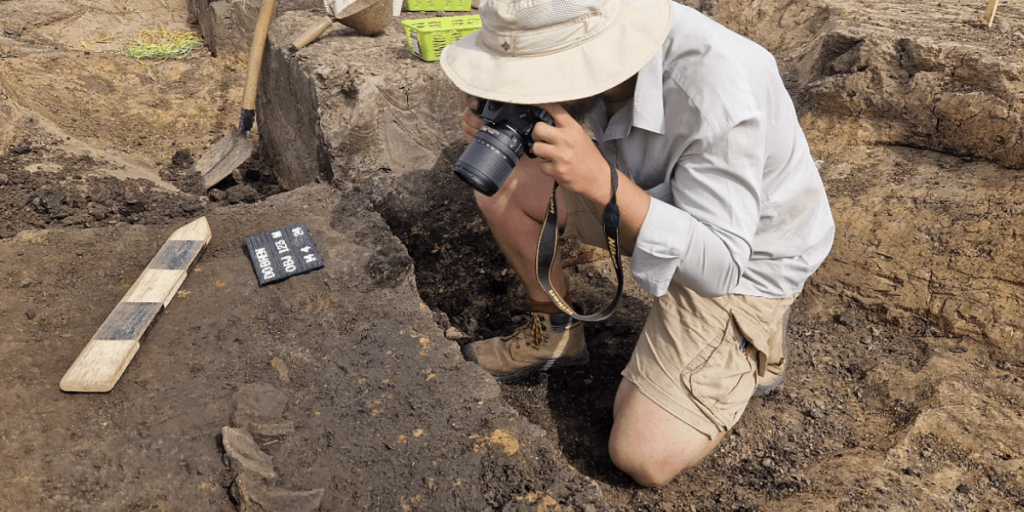
The settlement was built more than 7,000 years ago by communities of the earliest farmers who came to the Czech lands from Southeast Europe.
Archaeologists have found floor plans of four long houses, typical buildings of their time. Although the houses have not survived in their present form, it is possible to find pits behind their columns during research.
“The houses used to be 4 to 6 meters wide and 10 to 40 meters long. The houses themselves are not preserved because they were built of wood. The columns were most densely built in the outer rows that formed the walls of the house. Inside, the columns sometimes stood side by side. However, there are larger distances between their inner rows – often more than a meter – so it was possible to move smoothly between them,” explains Daniel Pilař.
In addition to the houses, the researchers found many pits. These pits were used to extract the clay used in the construction of the houses.
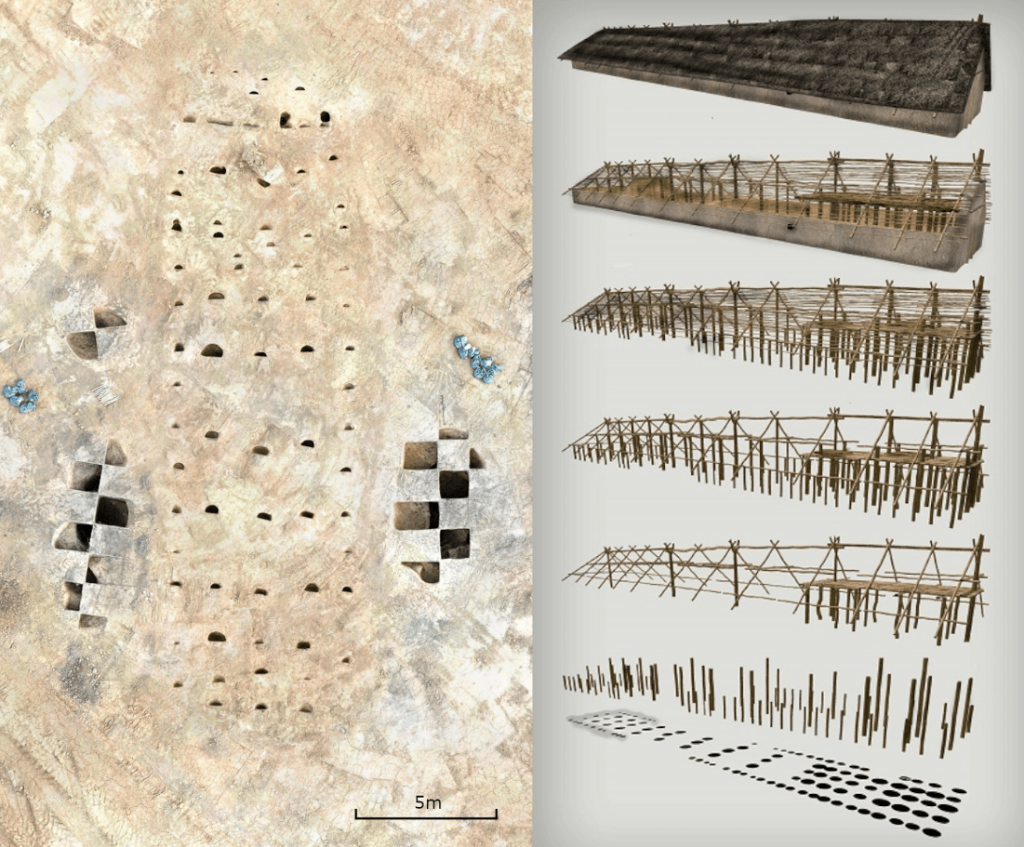
Experts found mostly pottery in the pits. Sometimes used tools – flint knives, sharpened axes and stone grinders – also found their way into the pits.
“This waste is very important for us because it offers an excellent insight into the everyday life of Neolithic people,” Pilař said.
In the coming days, a team of experts from different disciplines will work to process the data they collected at the site through radiocarbon and luminescence dating, phytolith analysis, analysis of prehistoric trees, tool markings and plant genetics research.


